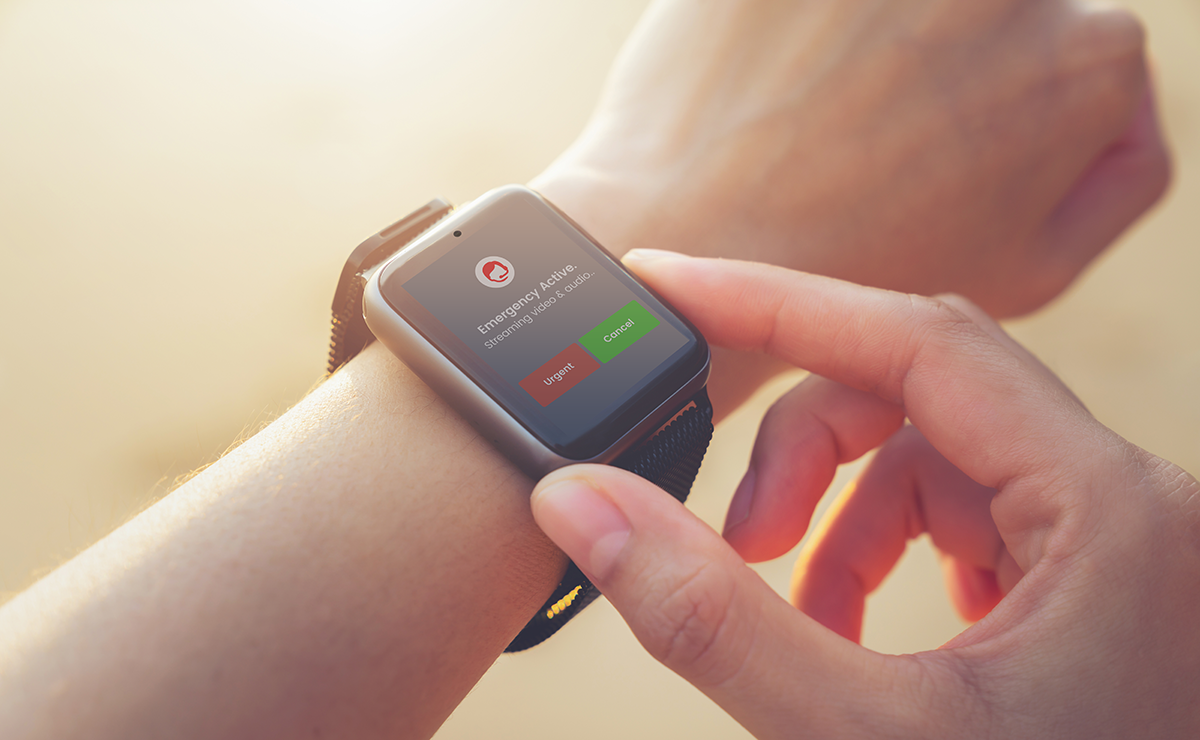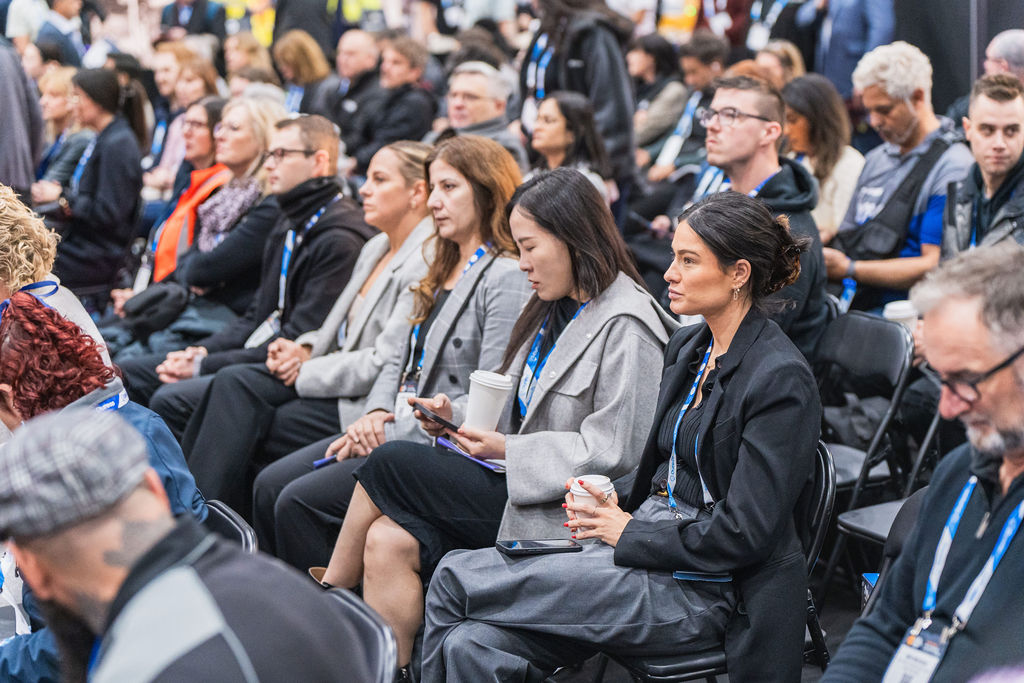Australian retail is undergoing a hard reset on safety. Shoplifting losses and customer aggression have accelerated since 2023, pushing retailers to act decisively, not with more guards at the door, but with smarter, connected technology on the floor.
New figures from the Australian Retailers Association show a 66% year-on-year jump in retail crime involving weapons, while violent and threatening events also spiked—an unmistakable sign that the risk profile has changed.
The impact is being felt across formats, from supermarkets to department stores and specialty chains. In Victoria, police have linked a wave of brazen, coordinated thefts to organised groups, mirrored by a $10m theft-ring bust in Melbourne. Meanwhile, the 2024 ANZ Retail Crime Study estimates $7.79bn in annual losses nationwide—almost 2% of turnover— when shoplifting, fraud and aggression are combined.
From CCTV to Connected Safety
What’s different in 2025 is how stores are responding. Instead of relying solely on ceiling-mounted CCTV and after-the-fact reporting, retailers are deploying connected wearables and body-worn cameras (BWCs) that deter, de-escalate and deliver live evidence in seconds.
Trials and rollouts by leading Australian chains, from supermarkets to big-box retail, aim to reduce both theft and harm to staff by making interactions visible, verifiable, and linked to rapid response. Academic interest has followed: QUT researchers have highlighted BWCs’ potential to reduce abuse and violence in retail, noting growing adoption across major brands.
What Customers Think
Retailers often worry that cameras on staff might alienate shoppers. Evidence suggests the opposite. A recent YouGov study in the UK found that 71% of young customers were comfortable, or indifferent, about BWCs in retail settings. Closer to home, ANZ attitudinal research shows 54% of retail workers believe cameras make them feel safer, and nearly half see them as a clear deterrent.
What Actually Changes in Store
The most compelling results come when wearables and BWCs plug into a 24/7 monitored platform, turning a tense interaction into a timestamped, geo-located event with live video.
Australian retailers using BWCs report 40–65% de-escalation rates, with many incidents calming down the moment recording begins. Beyond deterrence, systems that support live streaming, push-to-talk, and one-tap duress help managers verify incidents and triage police response faster.
Real-world results: In anonymised deployments of Duress Falcon wearables and Duress Eagle body-worn cameras across two major Australian department store networks, analytics show a 52% reduction in aggressive incidents and a 44% reduction in theft.
Compliance and Duty of Care
Technology is only half the story. States are tightening protections for retail workers, such as NSW’s tougher laws on shop-staff abuse. Demonstrating a defensible safety system—complete with signage, privacy-by-design, access controls, retention policies, and seamless police handover—doesn’t just reduce risk, it proves compliance to regulators, insurers and the public.
Why Retailers Are Standardising on Wearables + BWCs
1. Deterrence you can see – recording often de-escalates incidents instantly.
2. Evidence you can use – live video accelerates police response and case outcomes.
3. Staff confidence – workers feel safer and more valued.
4. Smarter ROI – organised crime is tech-enabled; retailers need connected countermeasures to match it.
Where Duress Fits
The Duress Falcon (connected wearable) and Duress Eagle (body-worn camera) are now trusted by leading retailers nationwide. Both stream video, audio and location live to a 24/7 monitoring centre within seconds, empowering immediate verification and the right level of escalation, all without adding friction at the checkout.
👉 Learn more at duress.com




